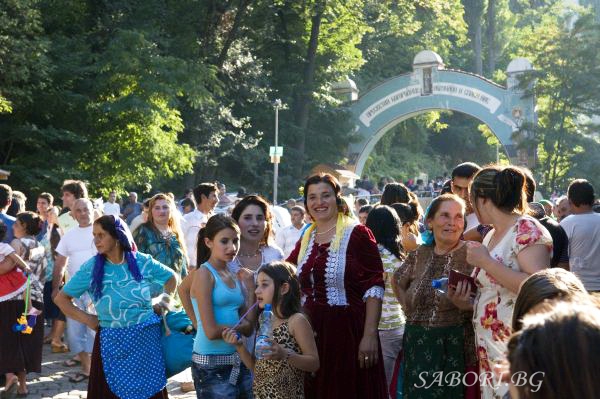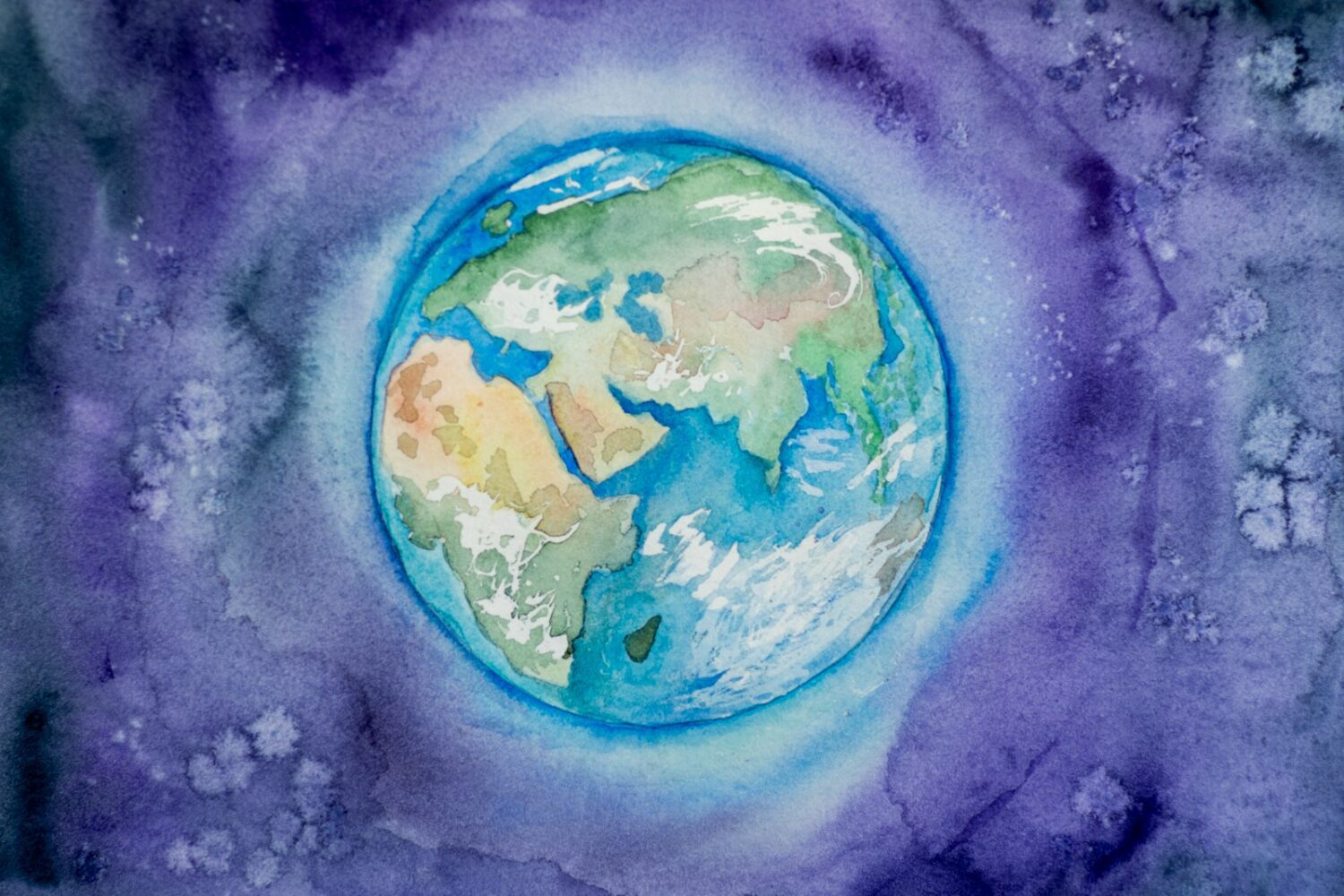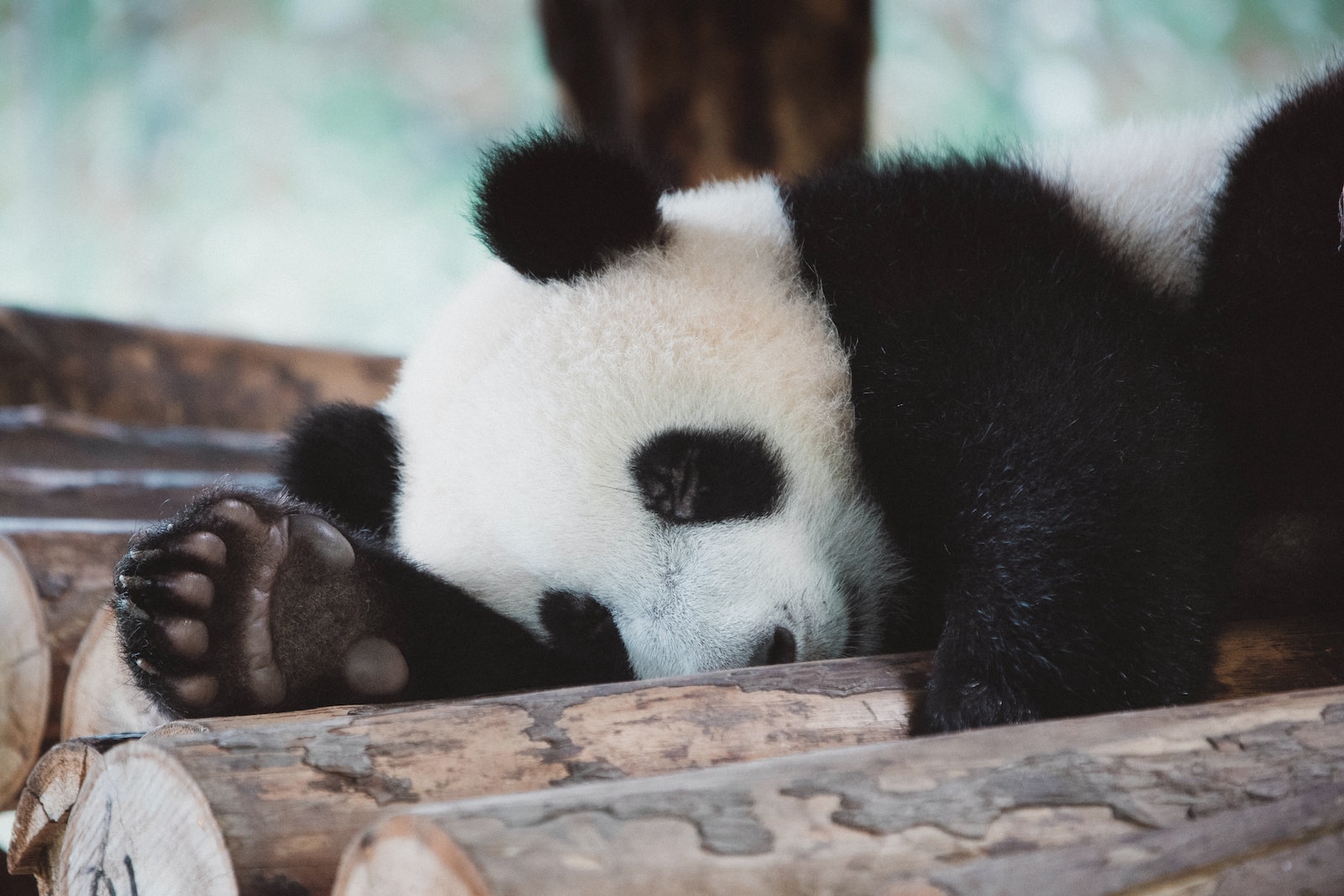Infinitely pragmatic in their religiosity, the Gypsies eclectically connect (eclecticism from the Greek language – a philosophical current that attempts to select and combine opposing views and ideas; close to religious syncretism) have developed a cult of the hero, which is present in our country and in the Thracians (the cult of the Thracian horseman), and in Orthodox Christianity (St. George and the Dragon).
An interesting interpretation is offered by Prof. Dr. Halis Okan (cf. H. Okan, “Gypsies or the North Side of Life”, Sofia, 1994, p. 42): most Gypsies signified the highest sky with a bow and arrow – the weapon with which the many-headed dragon was killed; Considering the special attitude of the Gypsies towards Chong (the moon) and the fact that he is associated with the youngest son in heaven, Dundra, so it was Dundra who killed the dragon and was revered as a cultural hero, as the ancient Greeks revered Prometheus, who introduces people to the use of fire and imparts to them the knowledge of certain crafts.
The great friend and researcher of the Gypsies in Bulgaria, the publisher of the first newspaper of the Gypsies since the beginning of the 90s of the 20th century, Prof. Okan tells us about another religious-syncretic custom, which is performed on the back of the Prince’s Church. in Sofia, next to the tomb of Bali Effendi, called by the gypsies “Ali Baba”. When a dispute arises between gypsies – infidelity or defamation – both parties go there to swear their rights.
The oath is usually made by women. Both appeared naked in front of Ali Baba in the presence of witnesses and pronounced their defense or accusations. Each party swears by its rights and determines the punishment that will befall it if it has not told the truth. Gypsies believe that every unjust oath comes true within a day. The same rite can be performed before the hodja. There have been many cases of performing the custom by Orthodox Roma (of course without the element of natural nudity of the sworn) in an Orthodox church in front of a priest (especially often in front of the miraculous icon of the Virgin in the Bachkovo Monastery near Plovdiv, southern Bulgaria).
Perceptions of the soul are also a key point in defining a culture and influencing it. In an earlier period of the development of gypsy customs and rites, it was widely believed that man had more than one soul, and here we could allude to the long-standing dispute between the dichotomy (soul and body) and the trichotomy (spirit, soul and body) in Orthodox theology. Gypsies define the human soul as multifaceted (“butyankhengo”).
The human soul for the Orthodox Christian is the immortal image of God locked in man. Man was created through the union of body and soul (spirit): after creating the first man Adam from the earth, God breathed life into him, i.e. a soul, a spirit and immortal being (Gen. 1: 26-27). After man’s death, his spirit will return to God, who gave it to him (Ecclesiastes 12: 7). In the Bible, the word “soul” most often means life, properties of a living creature, the life force with which the living being (both animal and human) dies, but in relation to man it sometimes means the properties of his spirit, which should not to kill (Matt. 10:28).
Sometimes “soul” means a property of character and state of mind (Acts 4:32) or simply a person, a person (Ezek. 27:13, Acts 2:41, Rev. 18:13). The soul is often synonymous with the concepts of spirit (Ecclesiastes 12: 7; Luke 1: 46-47), heart (Ps. 18: 8-9; 2 Pet. 1:19; Eph. 1:18), life (Ps. . 25: 9; Ps. 87: 4), the whole being of man (Ps. 34: 9-10), I, i.e. man (Ps. 129: 5). But sometimes the soul is different from both the heart (Deut. 4:29; Deut. 6: 5) and the spirit (1 Thess. 5:23; Heb. 4:12).
The Gypsies call the soul “gi” and “di”, probably from “didalo” (spirit, heart). It lives in the human body, but can leave it. As long as a person is alive, this happens during sleep, illness, or if the body is possessed by evil spirits (this is how they explained mental disorders). The soul finally leaves the body with the onset of death, but lives around it until it decomposes and then goes to the land of the dead. In some groups of gypsies, the custom of burning the body of the dead was preserved until late, as it was believed that the soul could not be freed until this custom was fulfilled. Gradually, this custom fell away under the influence of Christianity and Islam, which did not accept cremation. Today, when the Roman Catholic Church raises its voice in their defense, it is logical to ask whether the local Orthodox Churches are doing enough in their own countries, its role could be crucial for their integration and demarginalization.
The Bulgarian Orthodox Church, for example, does not have a clear policy towards this minority, even with regard to the Bulgarian Gypsies professing Orthodox Christianity – tinsmiths and others. On the fingers of one hand we can count the clergy and clergymen of Roma origin in the synodal department in the country. This is a consequence, we must admit, of the attitude of the laity themselves – the Orthodox Bulgarians – to this extremely stigmatized ethnic group, not accepting the possibility of its representative to be their parish pastor. For years there have been translations of St. Chrysostom Liturgy in Romani, but not published, without using at least a small part of the millions scattered during the decades of transition in hard currency for “Roma” projects.
Hence, combined with the spiritual vacuum of decades of state atheism, explains in part the conversion of many Roma to Pentecostal and evangelical Christianity or to new religious movements, a phenomenon we see in all former Central / Middle and Eastern religions. -European countries of the former socialist bloc.












